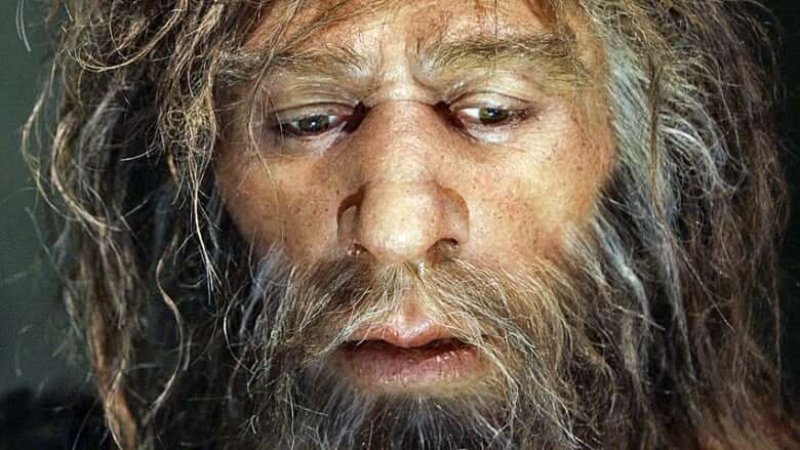Tuberculosis is responsible for as many as one billion deaths in the last 200 years alone, but its murderous history extends back even further, to as long as 75,000 years ago. It was at this time, when, as scientists from the Swiss Tropical and Public Health Institute previously argued in 2018, that Mycobacterium tuberculosis first emerged and found a home in humans.
In a recent issue of the journal Scientific Reports, Spanish researchers Pere-Joan Cardona, Martí Català and Clara Prats asked, and attempted to answer, a different, more blunt question: How did a devastating disease like tuberculosis not eradicate humankind altogether?
…
[R]esearchers created a disease transmission model based on known facts about modern tuberculosis and estimated population dynamics of ancient human hunter-gatherers which showed that tuberculosis could quickly kill off an entire nomadic tribe and spread to others.…
To overcome tuberculosis, humans would have needed to undergo a massive population increase, multiplying by twenty times in just a hundred years, the researchers estimated. Females also likely developed some form of resistance to the bacterium which greatly contributed to humanity’s survival.
Read full, original post: Why Didn’t Tuberculosis Wipe Out Humanity in the Paleolithic Era?































